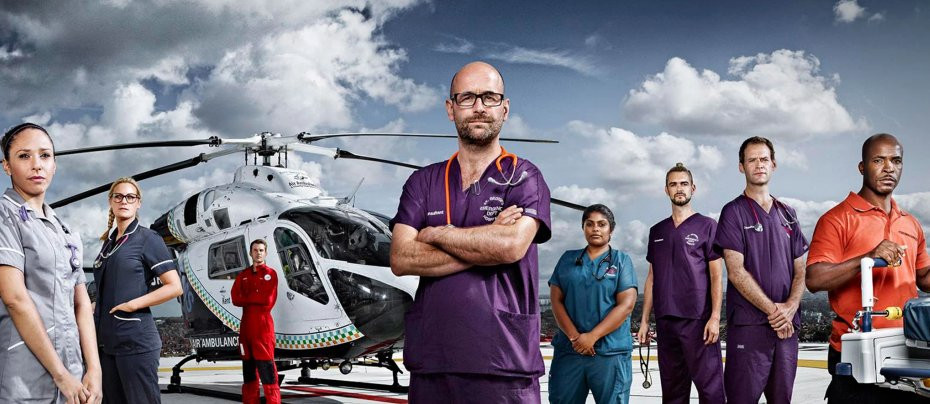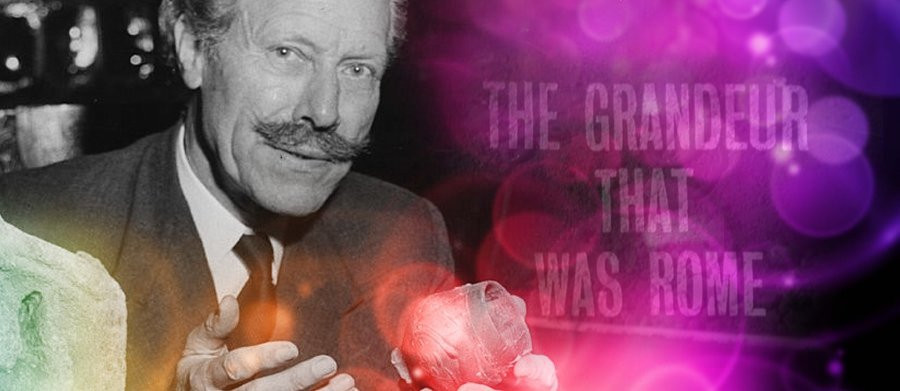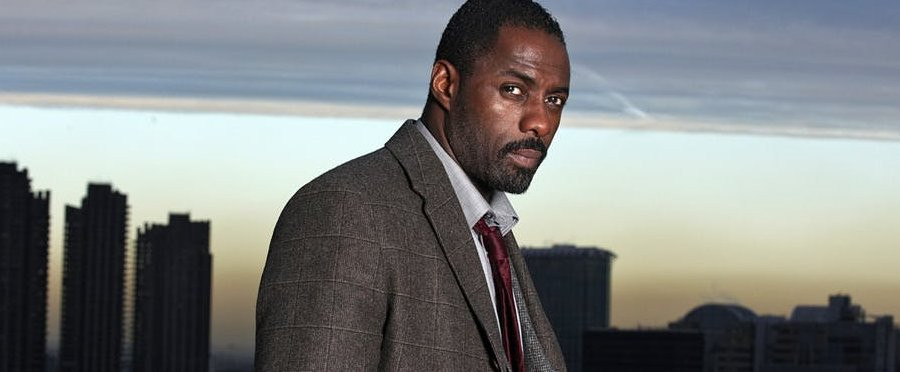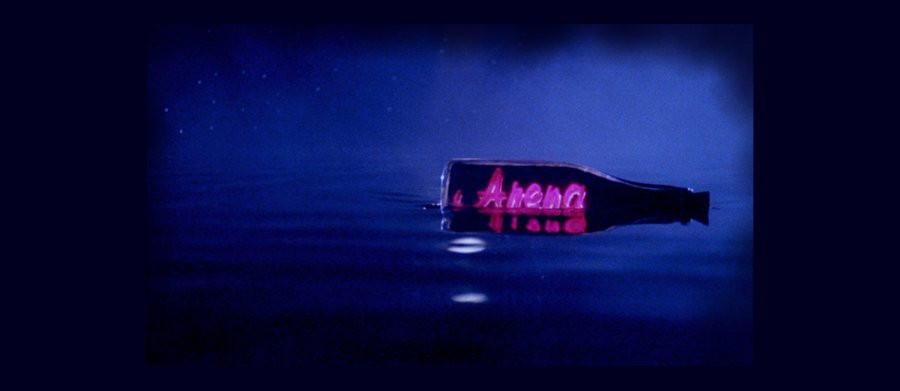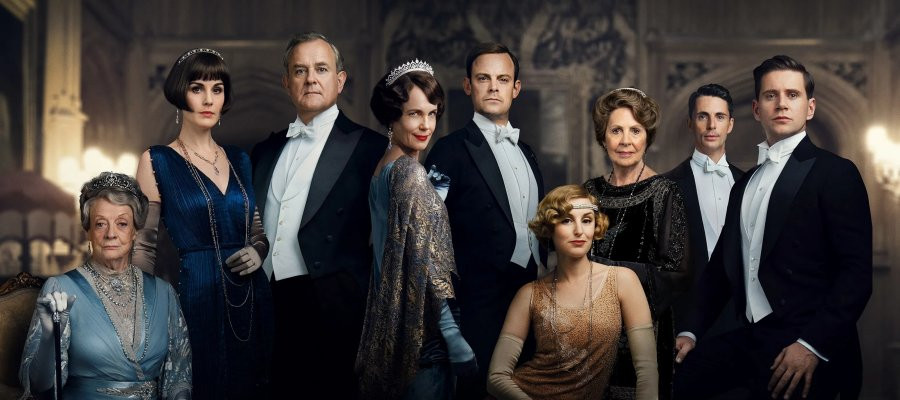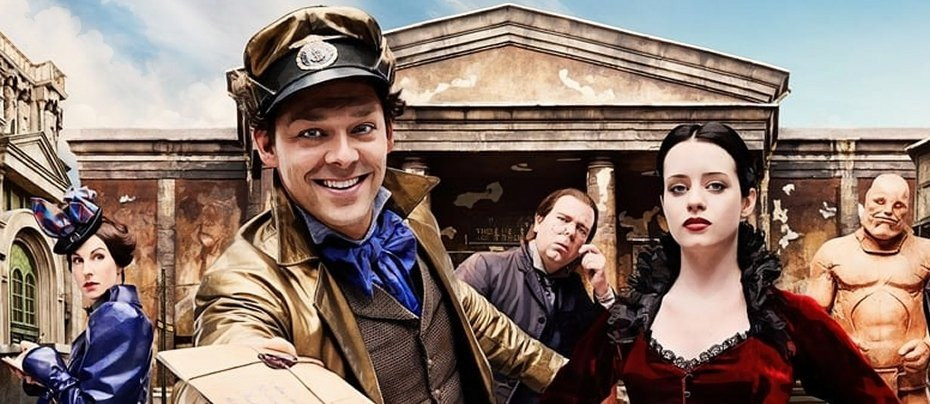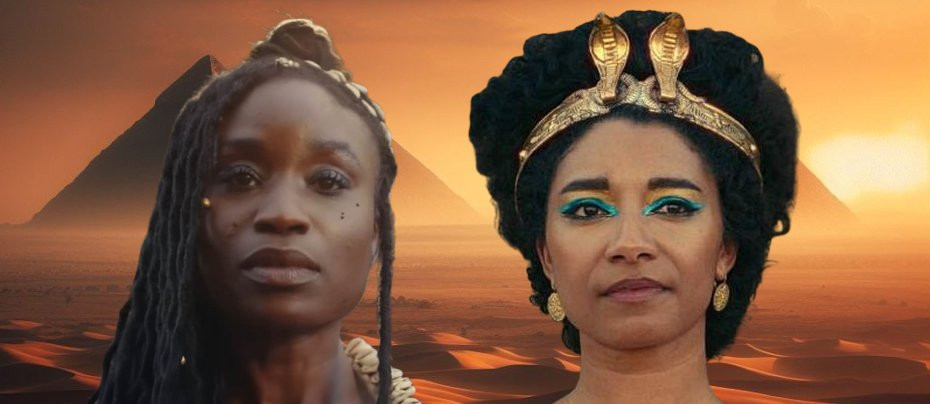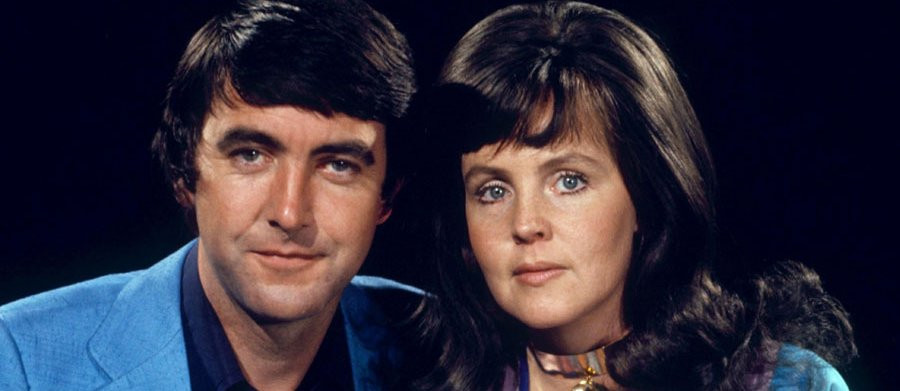
The Young Ones
2010 - United KingdomBehind the entertaining moments, The Young Ones was a social experiment with a noble purpose
Review by Brian Slade
Until the pandemic blew such shows out of the water, we had become used to seeing how the older generation of celebrity might cope with retirement in a foreign land with the hugely successful The Real Marigold Hotel. The show was so popular that having initially focussed on retirement options in India, the more relatable celebrities were then spun off to other nations.
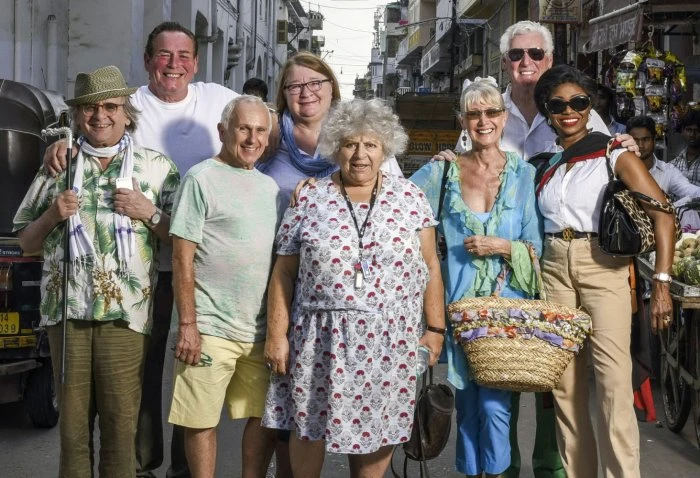
Part of the appeal of The Real Marigold Hotel right from the very first episode was how the dynamic of the group developed, beyond simply learning to adapt to life in the relevant country. Jan Leeming found such a thing quite daunting in the opening series and there were a number of others in subsequent series who seemed less comfortable in their new ‘family.’ However, back in the 2010, the BBC had already conducted its own social experiment for seniors in the rarely remembered one-off The Young Ones.
With The Young Ones, the approach to the aging stars was rather more focussed on their mindset and was as much a mental experiment as it was physical. The theory behind it was to discover whether when placed in surroundings from their heyday, down to décor, entertainment and clothing, a happier and younger mindset could have benefits that transferred to their physical wellbeing.
The six celebrities concerned were an eclectic bunch who weren’t just a collection of theatrical luvvies. They were all well-known characters, but the things they had in common were now nothing to do with their line of work. Their connection now was that old age had taken things away from them, and that back in 1975, they had been at the peak of their powers. So it was then that a large country retreat was transformed into a 1970s home, complete with garish furnishings, early television games and familiar brands long since gone.
So who were this collection of characters being used as human lab rats?
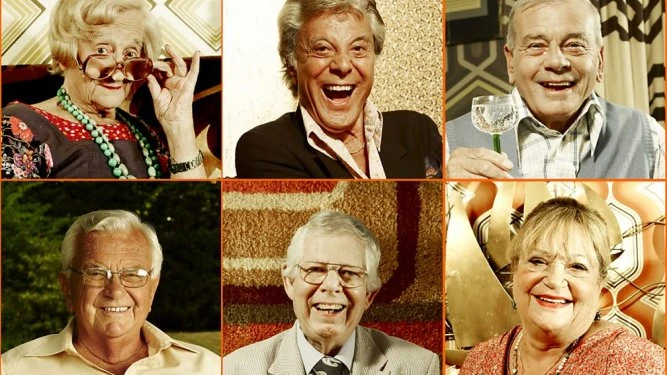
From the world of sport, retired cricket umpire Harold ‘Dickie’ Bird was looking to improve his fading memory and perhaps fill the lonely hole that retirement had thrust upon him.
Newspaper mogul Derek Jameson was now somewhat of a recluse, a far cry from the man his wife said had been a human dynamo and who was seen in the 1970s as one of the most powerful people in Britain.
Three of the stars came from the world of showbiz. Actress Sylvia Sims was devoid of all energy, while the wonderful Liz Smith was wheelchair bound after a series of strokes forced retirement upon her. Missing the buzz of people, she now longed simply to be able to independently get about using only one walking stick.
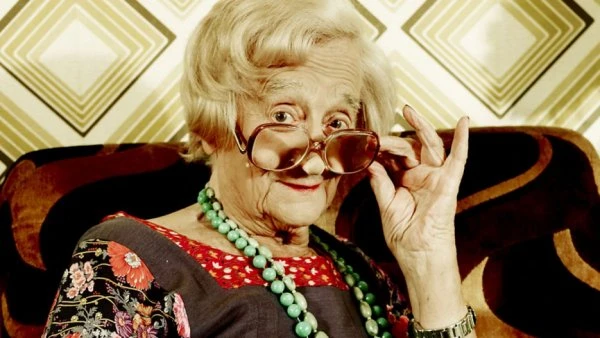
The third showbiz star was Lionel Blair, drafted in after Are You Being Served? star Frank Thornton turned the opportunity down. Blair was a curious choice, very much focussed on the mental rather than physical side of ageing, seemingly not suffering any lack of movement or balance, but pining for an audience to feed off.
Completing the line-up was Kenneth Kendall, the BBC’s first newsreader and long-time face of the BBC News, now pining for the company of dogs, given that his increasing frailty meant he could no longer have their company in his life.
The show was very much an experiment. Dr Michael Mosley, still a frequent face on television health programmes now, was at the helm alongside Ellen Langer, a Harvard Professor who had conducted a similar experiment 30 years previously. The pair watched live video footage of the behaviour and progress of the pensioners as they sought to establish whether they could really think themselves younger.
Each participant had issues. Jameson and Sims struggled to get their luggage upstairs, but the watching doctors refused to intervene and help. They wanted to see if the pair’s belief that they couldn’t complete such a seemingly basic task could actually be overcome – and the doctors were right. It set an interesting precedent as the celebrities railed against their situation, but steadily began to overcome challenges.

The time in the house was geared around making the subjects feel as though they were back in their younger heydays, even down to television programmes, games and food and drink. But the more personal element of the experiment took them down memory lane more than they had bargained for. Amongst the tailored approaches, Blair was taken back to performing on the London Palladium stage, Kendall was tasked with exercising dogs, and Bird was returned to cricket grounds in an emotional effort to stimulate their spirit, with mixed results.
At the start of the mini-series, each of the participants had been given a series of tests to assess their physical and mental capacity and which would be repeated when the experiment was over. Despite a few bumps and personality clashes, it became clear that all were making some level of progress, and when the final scores were in, all scored better in their second round of test scores, none more so than Dickie Bird who was overcome with emotion at his improvements.

Behind the entertaining moments, The Young Ones was a social experiment with a noble purpose – trying to prove that with the right support and stimulus, older people could get back some of the vim and vigour of their youth. It may have presented a bleak impression of old age at the start of the programme, but the personal triumphs and very real improvements in the quality of life for its participants made The Young Ones a delightful and thought-provoking offering – a kind of Celebrity Big Brother for the older generation – but with a far more sincere motivation, and for that matter, far more entertaining.
Seen this show? How do you rate it?
Seen this show? How do you rate it?
Published on May 12th, 2023. Written by Brian Slade for Television Heaven.


